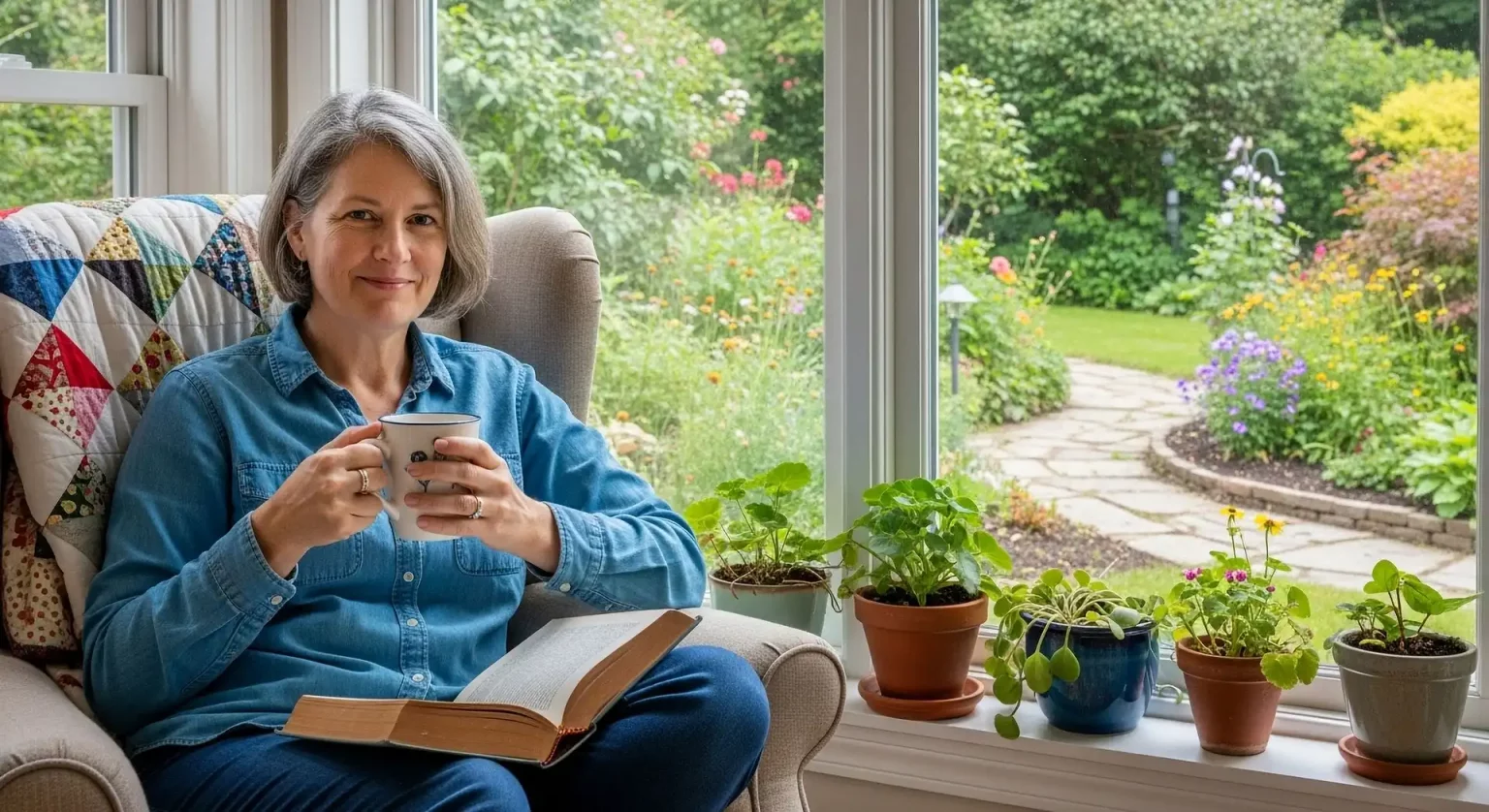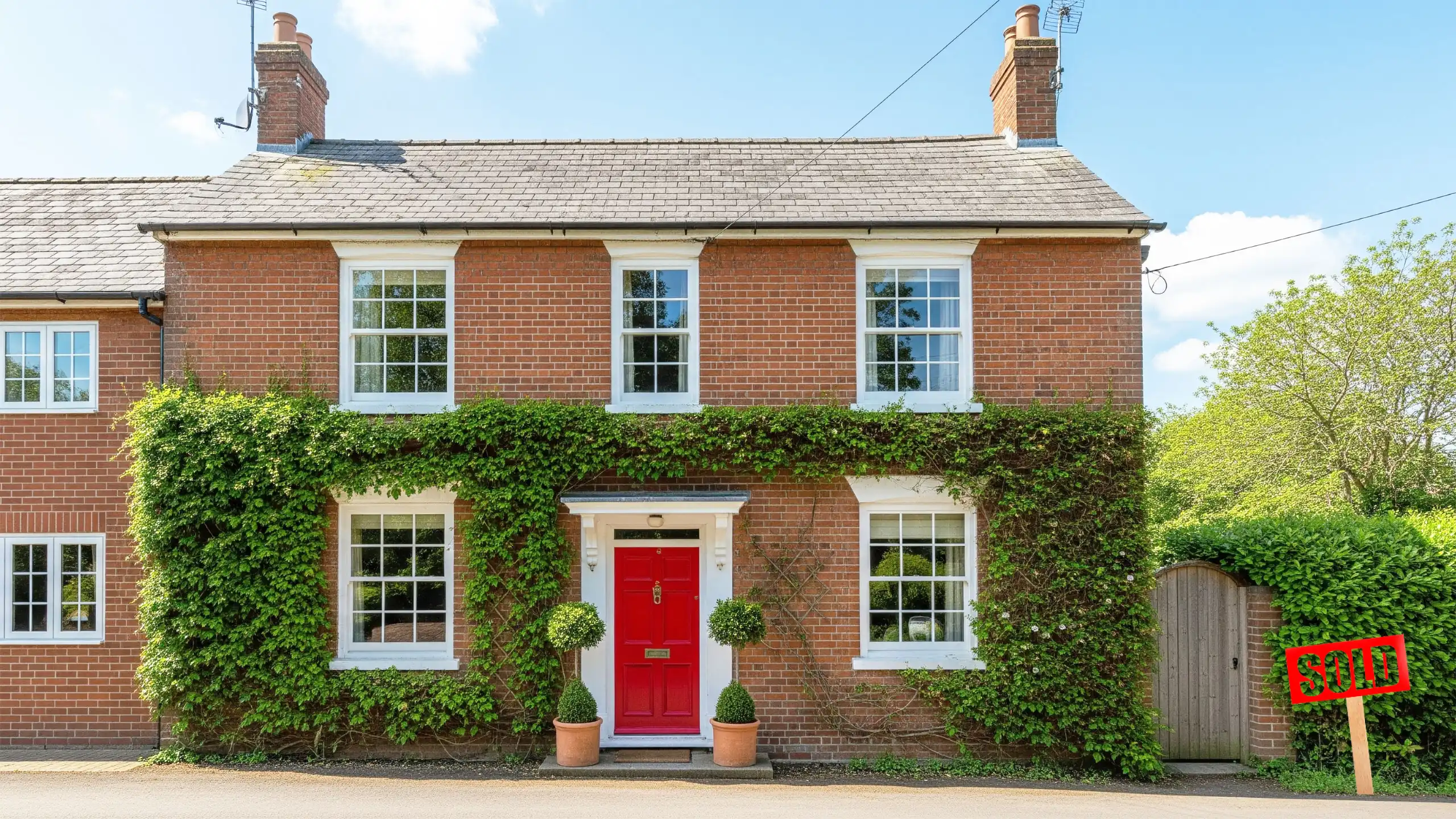

By The Windows and Doors Team
Your Local Glazing & Home Improvement Experts
Reading Time: 9 minutes
Quick Summary
Are you considering changing your home windows?
It’s a significant investment, but the right choice can improve your home’s comfort, security, and value.
This guide cuts through the confusion, helping you understand the key benefits, the latest uPVC window profiles, and essential Building Regulations.
Discover how a smart, informed decision can lead to a warmer, quieter, and more valuable home.
You might be thinking about changing home windows for obvious reasons, a broken pane, a draughty frame, or simply a tired look. But the real value lies in the unseen benefits that will make your home life better every single day.
For most UK homeowners, the biggest reason to replace their existing windows is to save on ever-increasing energy bills. In fact, replacing old, inefficient windows can reduce heat loss by up to 60%, potentially saving a detached household an estimated £155 a year.
But it’s not just about the numbers; it’s about comfort. Imagine a winter where you don’t feel a chill near the windows or a summer where your home stays cooler and more comfortable without a high air conditioning bill.
Modern, thermally efficient windows achieve this by using multi-chambered uPVC window profiles that create pockets of air to trap heat and prevent it from escaping.
The UK government’s updated Building Regulations mean a new focus on energy efficiency. The new standard for replacement windows is a maximum U-value of 1.4 W/m²K, which is a significant improvement.
This isn’t just a recommendation; it’s a legal requirement that ensures your new windows perform at a high standard. By choosing double glazed or even triple glazed units, you’re not just saving money; you’re future-proofing your home and reducing your carbon footprint.
Older windows and doors are often the weakest point of entry for burglars. Modern upvc window systems are designed with integrated security features, including multi-point locking mechanisms and toughened glass.
They provide a robust barrier, giving you and your family greater peace of mind.
While the average cost to install replacement windows for a 3-bedroom house is between £4,000 and £16,500, it’s one of the most effective ways to increase your property’s value.
It can boost the sale price by up to 10%, and it’s also a major selling point.
Stylish new windows, whether they’re classic casement windows, elegant sash windows, or striking bay windows, dramatically improve your home’s kerb appeal, making a positive first impression on potential buyers.

When you start your research, you’ll encounter a lot of technical terms. The most important one to understand is the upvc profile, which is essentially the framework of the window.
A high-quality upvc profile is the foundation of a durable, secure, and energy-efficient window. In the UK, uPVC remains the most popular choice, accounting for 75% of all new window installations.
Gone are the days when uPVC windows were bulky and unattractive. Today’s homeowners can choose from a wide range of aesthetic types of windows.
Flush sash windows, for example, sit perfectly flush with the frame, offering a sleek, minimalist look that’s ideal for contemporary homes but also respects the lines of older properties.
Slimline profiles maximise the glass area, bringing more natural light into your home and creating a brighter, more spacious feel.
A modern upvc window profile isn’t just a simple hollow frame. It’s a sophisticated, multi-chambered system.
These internal chambers act as thermal barriers, slowing down heat transfer and dramatically improving the window’s insulation performance.
When you’re comparing quotes, be sure to ask about the number of chambers in the window frame—the more there are, the better the thermal performance.
For those concerned about the environment, modern uPVC window systems are also a sustainable choice.
High-quality uPVC can be recycled multiple times without losing its performance characteristics.
This “circular economy” model means your new windows can be made from recycled materials, which reduces waste and helps the environment.
When you’re shopping, you’ll see windows with an energy label, similar to those on appliances.
This is the Window Energy Rating (WER). The rating goes from G (worst) to A++ (best), providing a clear way to compare performance.
You’ll also hear about the U-value, which measures how well a window stops heat from escaping. The lower the U-value, the better the insulation.
Window Energy Rating Classification Based on BFRC Calculation
¹ Ratings are based on full BFRC energy index calculation including solar gain, air leakage, and U-value.
² UK Building Regulations Approved Document L (2021) mandates a whole-window U-value ≤ 1.4 W/m²K for new dwellings.
U-values shown are indicative typical ranges, not WER classification thresholds.
Navigating bureaucracy can be daunting, but it’s essential for a smooth and legal long term investment.
When you install replacement windows, the work must comply with UK Building Regulations. To avoid the hassle and cost of a separate inspection by building control, always hire an installer who is registered with a government-authorised self-assessment scheme, such as ASSURE, FENSA (Fenestration Self-Assessment Scheme) or CERTASS.
These schemes guarantee that the work meets the required standards. Once the installation is complete, you’ll receive an ASSURE, FENSA or CERTASS certificate, which you’ll need if you ever sell your home.
Changing home windows is more than a simple home improvement project; it’s an investment in your comfort, security, and future.
By focusing on quality uPVC window profiles, understanding energy ratings, and working with a certified professional, you can ensure a successful outcome.
The right choice will not only lower your bills and increase your property’s value but will also create a better living space you and your family will love for years to come.